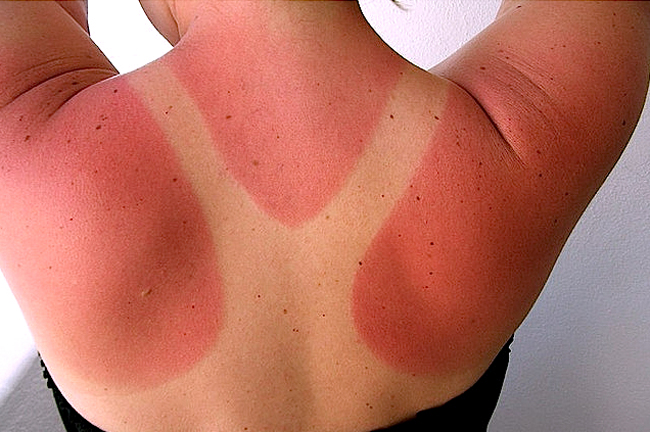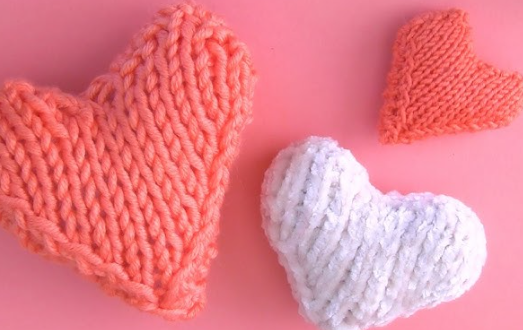Fragile and reactive redness, your skin is so mouthy porthole throughout the year, but now that the lowest temperatures approach is when it really becomes intractable and irritation, dryness and itching is almost perennial, then attentive to these solutions and treatments to care for you.

In dermatology consultations assume that every time there is a higher incidence of sensitive skin in the population, which has already reached 40%, with a higher proportion of females claiming to have sensitive skin. Moreover, as is clear that the usual stimulus triggers this type of skin are the order of the day; it is difficult to escape its effects and this percentage will rise as the foam. Clearly this type of skin should use a moisturizing care and specific treatments to develop four actions: protect, moisturize, repair and soothe.
Identifying the habitual offenders, we find: certain chemicals, climatic factors (wind, cold), temperature, solar radiation, snuff smoke, pollutants, some tissues, medications, diet (alcohol, spices, spicy), stress, tiredness / lack of sleep or hormonal changes. With all these enemies, it is clear that any skin will go through a period longer or shorter, sensitivity.
One of the biggest mistakes is to confuse with dry sensitive skin; although its appearance may be similar, but not cosmetics for dry skin that must be worn on sensitive skin because they are not sufficiently soothing and may be too fatty.
Characteristics of sensitive skin:
- Fine, delicate white skin, because the stratum corneum is extremely thin.
- Fragile skin appearance.
- Dry or prone to dry skin (is likely to be deficient in fat and moisture).
- Cuperosis appears frequently (because blood vessels are more reactive than in normal skin).
- Uneven texture: scales, slightly thickened, rash.
- Prone to spots, erythema, pruritus, warmth and tightness.
- There is prone to blackheads and pustules.
- Faster aging, premature wrinkling.
These structural features result in increased permeability and reduced protection against irritants and contaminants factors and a general loss of moisture. And how do you sign? In the reactive phase, i.e. in which sensitization is triggered, the most common external sign is redness, while manifest itching, tautness and itching or burning located.
In most cases, when exposure to the irritant over, the skin returns to normal. In cases of long-haul sensitive skin and for those who are occasionally it is important to know the intricacies of care. To them not only what suits them best, so it’s important to get fixated on the INCI (International Nomenclature of Cosmetic Ingredients), names for system waxes, oils, pigments, chemical, and other ingredients of cosmetic soaps.
With the maxim that a good cosmetic for sensitive skin must meet two main objectives: to prevent and treat skin irritation reactivity; must also have special requirements of quality and appropriate selection of both ingredients such forms of application, since it is easy that some of the components of the creams themselves trigger for sensitive skin in some users, the dreaded reactive response to cosmetic.
It is important that the skin tolerance and effectiveness of the protective properties of the treatments for sensitive and damaged skins have been confirmed in clinical studies.























+ There are no comments
Add yours